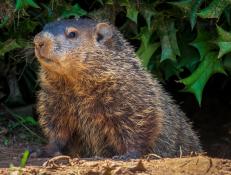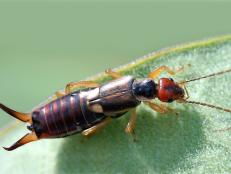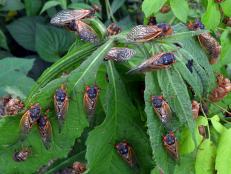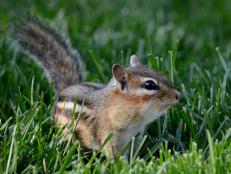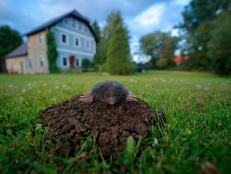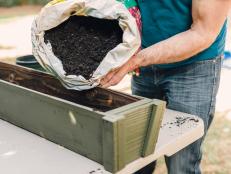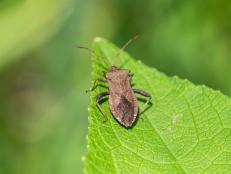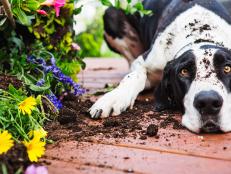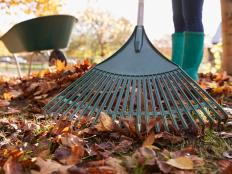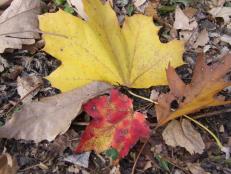Deter Deer in the Garden
Learn how to keep deer from destroying your landscape and backyard garden.
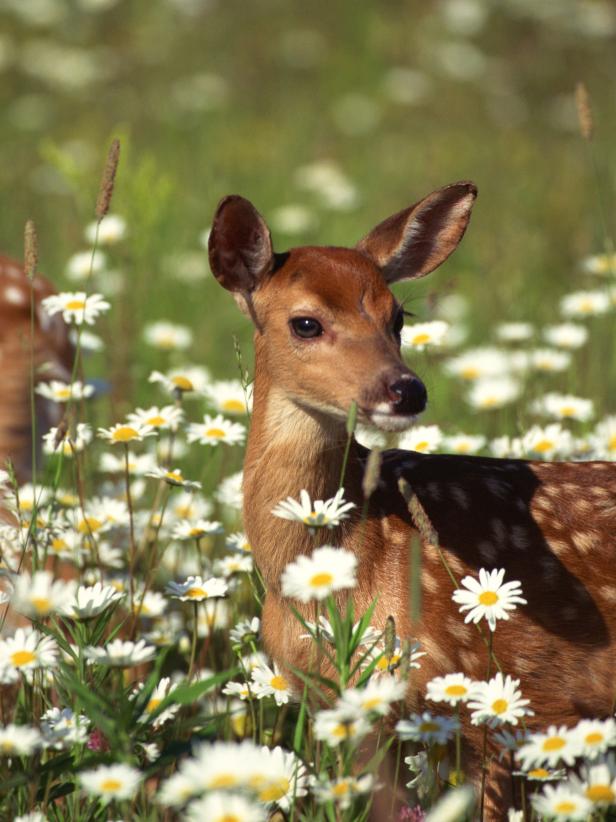
Of all the pests that can wreak havoc on your landscape, few are as destructive as deer. Whether they are alone or in small herds, they can wipe out entire vegetable gardens, flower gardens, trees and shrubs, and they virtually do it overnight. Yet, even folks who are plagued by deer admit to a curious love/hate relationship with them. After all, they're a beautiful sight to behold while you sit on the deck with a cup of coffee and watch the sun go down.
That is, until they begin to chew away at your newly planted mountain laurels. There are various ways of deer-proofing your property, including the best option: build a fence.
How to Keep Deer Out of Your Garden
Build a Deer Fence
The ideal deer fence should be at least 10 and preferably 12 feet tall, and the cross pieces, whether wire or wood, should be spaced eight inches apart. If they are any wider, the deer can actually squeeze through them. It's also a good idea to electrify the fence.
Even better is a fence that slants outward at a 45-degree angle and rises to a height of 4 feet. You see, it's the depth of the fence rather than the height that keeps the deer from jumping over it. Some people may not be able to afford these types of fences, or it's possible that they may be in violation of local ordinances.
Eco-Friendly Solutions
In a neighborhood nestled in the foothills of California's Sierra Mountains, fences aren't allowed — although deer are everywhere — which means residents here have to rely on other ways of keeping deer at bay:
- For minor deer problems, wrap the trunks of trees with 4-foot-high galvanized hardware cloth or chicken wire, or use either material to encircle plants prone to attack.
- The best known deer repellent is ordinary bar soap. Hung from strings in trees or large shrubs, whether wrapped or unwrapped, the scent of the soap is said to keep deer away. Some people even attach soap bars to stakes, placed at 10- to 15-foot intervals along the perimeter of their property or garden area.
- Another popular repellent is human hair, the smell of which is also said to send deer scurrying elsewhere. Just ask a barber or hairdresser to collect a bag full of hair, and then stuff a handful of it into the leg of an old panty hose and hang it in your trees and shrubs or scatter it about your garden beds as if it were mulch.
- Wild animal manure, such as that collected from zoo animals, is another form of repellent; when it is placed around plants in the landscape, the scent will frighten deer away and improve the soil in the process.
- How about rotten eggs as a means of repelling deer? Some commercial deer repellents contain what's called putrescent whole egg solids, which is basically a solution containing rotten eggs. Whether you use the store-bought or mix up your own, the stench is apparently just as offensive to deer as it is to people. To make your own, mix five whole eggs in five quarts of water, add that to a sprayer of some kind, and drench your plants.
Commercial Repellents
There are several additional commercial controls on the market. They work best soon after they're applied; their effectiveness diminishes within a few days, especially after heavy rains. Bear in mind that you'll need to spray often for them to work and that they may work only temporarily. When food is really scarce, deer will learn to tolerate the scents and actually use them as indicators of where the food is.
Deer-Resistant Plants
Keeping deer away is not easy. In some cases, your best bet is to plant plants that deer don't seem to like, including a number of beautiful plants that tend to have a strong smell.
24 Deer-Resistant Plants 31 Photos
Hungry deer tend not to bother these flowers and plants.
Deer-resistant plants include:







